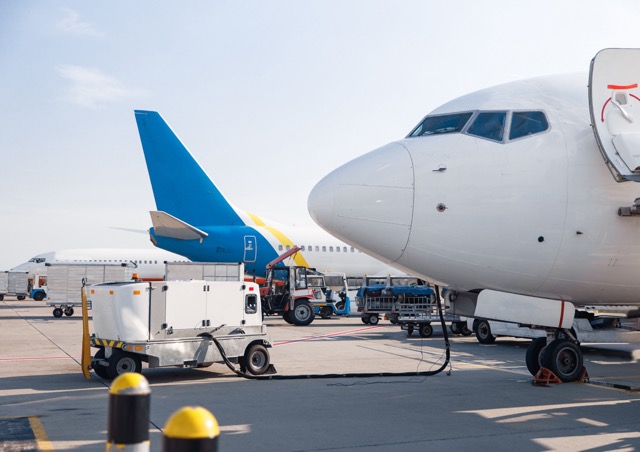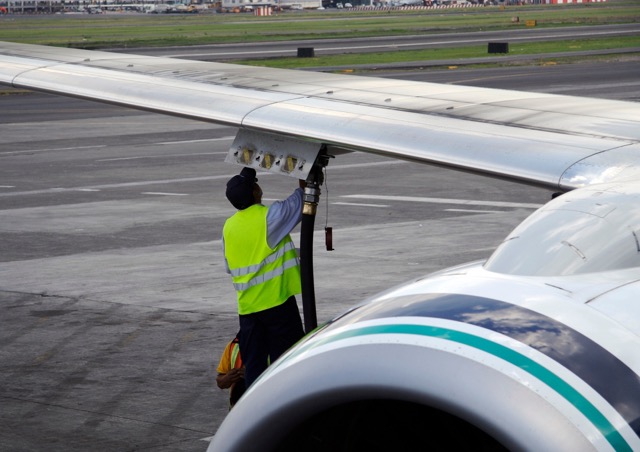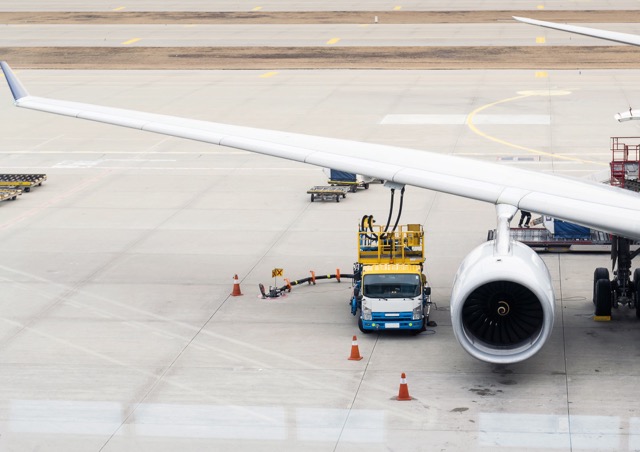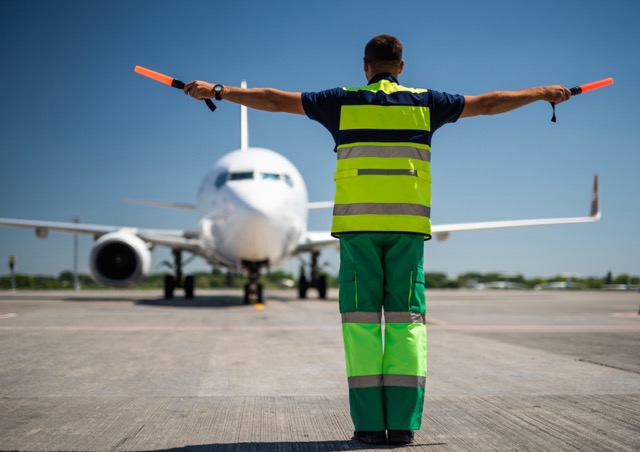Over the last 40 years, flight fuel efficiency in aviation has improved by an impressive 70%, with another 25% improvement projected by 2020. This significant advancement in fuel management has revolutionized how we approach aviation operations. For instance, reducing just one kilogram of weight per seat can save 9,000 gallons of fuel annually per aircraft.
Effective fuel planning and efficiency optimization have become crucial in modern aviation. The airline industry has already reduced fuel consumption per passenger-kilometer by approximately 39% between 2005 and 2019. However, these gains could slow down from 3.4% to 1.5-2% annually without more ambitious measures. Latest-generation aircraft demonstrate 15-20% better fuel efficiency than their predecessors, highlighting the importance of strategic planning and modern technologies in aviation fuel management.
In this article, we will explore essential strategies for optimizing flight fuel efficiency, from advanced monitoring systems to practical implementation techniques that can help achieve substantial cost savings and environmental benefits.
Modern Flight Fuel Planning Technologies
Advanced artificial intelligence and machine learning technologies are reshaping flight fuel planning in aviation. Modern fuel efficiency solutions analyze vast amounts of data to predict aircraft trajectories and estimate fuel consumption with unprecedented accuracy of 6.50% mean absolute percentage error.
Aircraft performance monitoring systems now utilize Quick Access Recorder (QAR) data to generate up to fifty stable segments for analysis. These systems measure actual performance against book-level performance, enabling precise tracking of aircraft efficiency and automatic alerting when relevant thresholds are exceeded.
Modern flight planning software incorporates several key capabilities:
- Real-time weather integration with four daily updates of GRIB2 Wind data
- Multi-leg tankering calculations considering aircraft performance profiles
- Automated fuel purchasing process optimization
- Cost index flight planning for balancing fuel consumption against flight time
Additionally, artificial intelligence solutions predict flight arrival times and optimize flight path planning by analyzing multiple data sources. Specifically, these systems process planned routes, weather information, and operational details to generate tailored fuel-saving insights. Furthermore, advanced weather tracking systems provide real-time data on developing patterns, allowing airlines to react proactively to potential disruptions.
The integration of machine learning models has primarily enhanced fuel consumption predictions. These models analyze historical data and real-time inputs, consequently enabling airlines to reduce statistical contingency fuel while maintaining safety margins. The technology has demonstrated significant improvements, with some geared turbofan engine designs achieving 16% better fuel efficiency.


Strategic Flight Fuel Efficiency Optimization
Performance-Based Navigation (PBN) stands as a cornerstone in modern aviation fuel efficiency, reducing flight time by 7.3% and fuel usage by 2.3%. Primarily through shorter flight tracks and optimized profile descents, PBN eliminates 3.19 kg of CO2 emissions for every 1 kg of fuel saved.
For optimal fuel efficiency, airlines now implement strategic altitude and speed adjustments. Studies analyzing 217,000 domestic US flights reveal potential savings of up to 1.96% through altitude optimization and 1.93% through speed optimization. Moreover, for long-haul flights, speed optimization alone can achieve savings of up to 1.81%.

Essential optimization areas include:
- Continuous climb operations with optimum engine thrust
- Real-time vertical profile adjustments based on aircraft weight
- Dynamic cost index calculations for speed optimization
- Fleet-specific route management
The Tail Swapper system, essentially a fleet optimization tool, enables swift aircraft type changes based on passenger numbers, preventing unnecessary fuel consumption from oversized aircraft deployment. Similarly, technical operations tools optimize wide-body traffic by matching aircraft types to routes based on fuel efficiency metrics.
Notably, for a typical narrowbody aircraft operating near its optimal altitude, fuel efficiency decreases by 1% with altitude changes of approximately 1,500 feet. Through careful implementation of these optimization strategies, airlines have documented significant reductions in CO2 emissions, with some carriers projecting savings of 10,000 tons of CO2 in single operational years.


Advanced Fuel Monitoring Systems
Modern aviation relies on sophisticated fuel monitoring systems that deliver precise insights into aircraft performance. Boeing’s Insight Accelerator analyzes Quick Access Recorder data to provide prognostic insights, enabling airlines to reduce their total fuel spend by up to 4.3%.
FuelSense™ monitoring technology tracks eight industry-recognized fuel savings initiatives, primarily focusing on Single Engine Taxi, Reduced Flap Takeoffs, and Low Drag Approaches. Indeed, these systems process over 650 parameters per flight, enabling real-time tracking of fuel consumption patterns across operations.
The monitoring capabilities extend beyond basic tracking:
- Automated anomaly detection algorithms
- Customizable alerting templates
- Integration with flight planning systems
- Real-time performance analytics



Subsequently, these advanced systems help airlines reduce Aircraft on Ground (AOG) events through predictive maintenance alerts. The technology identifies patterns of premature component failure, therefore allowing maintenance teams to schedule repairs proactively.
Accordingly, fuel monitoring platforms now integrate with Electronic Flight Bags and other operational systems through dedicated APIs. This seamless integration enables pilots to access personalized efficiency scorecards, tracking their fuel-saving performance over time. Through continuous monitoring and analysis, airlines can identify potential fuel savings of 2-5% of their overall fuel budget.
Conclusion
Smart flight fuel planning stands as a cornerstone of modern aviation success, demonstrated through remarkable efficiency gains and technological advancement. Airlines worldwide have achieved substantial fuel savings through strategic implementation of AI-powered planning tools, Performance-Based Navigation, and sophisticated monitoring systems.
These developments signal a transformative shift in aviation fuel management. Through careful implementation of strategic planning tools, advanced monitoring systems, and optimization techniques, airlines can significantly reduce their environmental impact while achieving substantial cost savings. This combination of economic and environmental benefits ensures that smart fuel planning will remain essential for aviation’s sustainable future.




